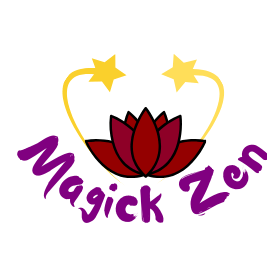This post may contain affiliate links. You can read my Disclaimer for more information.
In today’s fast-paced world, where stress and busyness often take center stage, it’s easy to overlook the importance of taking care of our physical and mental well-being.
Yoga, an ancient practice that has been around for thousands of years, offers a holistic approach to health that balances the mind, body, and spirit.
Whether you’re seeking relief from stress, improved flexibility, or simply a way to enhance your overall quality of life, yoga can be an excellent addition to your routine
A simple guide to starting Yoga
1. **Find the Right Style for You**
There are various styles of yoga, each with its own focus and intensity. Some of the most popular include:
– **Hatha Yoga**: A gentle introduction to yoga, focusing on basic postures and relaxation.
– **Vinyasa Yoga**: A more dynamic practice where movement is synchronized with breath, often considered a flowing style of yoga.
– **Ashtanga Yoga**: A more structured style that follows a set series of postures, often faster-paced. –
**Restorative Yoga**: A relaxing style that uses props to support the body in restful poses, focusing on relaxation and deep stretching. –
**Yin Yoga**: Involves holding poses for longer periods to deepen the stretch and target connective tissues.
It’s important to experiment with different styles to see which one resonates with you. Many beginner classes focus on Hatha or Vinyasa, as these provide a solid foundation in yoga’s key principles
2. **Start Slow and Be Patient**
Yoga is a practice, not a performance. It’s perfectly normal to feel challenged when you’re first starting. The key is consistency and patience.
Don’t worry if you can’t immediately do advanced poses; instead, focus on building a solid foundation by practicing regularly and gradually deepening your practice
3. **Use Online Resources or Join a Class**
If you’re unsure where to start, online platforms offer a wealth of free or paid yoga classes that range in length, style, and level of difficulty.
Yoga apps provide a variety of classes for beginners and experienced practitioners alike.
Alternatively, consider joining a local class or studio where you can receive personalized instruction and guidance from experienced teachers
4. **Create a Comfortable Practice Space**
To fully enjoy your yoga practice, create a peaceful, quiet space at home (or use the designated area at a studio).
You’ll need a comfortable yoga mat, some props like blocks or straps (optional but helpful), and loose-fitting clothes that allow for movement.
Choose a spot where you won’t be distracted by noise or other interruptions
5. **Focus on Your Breath**
Breath is central to yoga. The practice of conscious breathing, known as pranayama, enhances the flow of oxygen throughout the body, helping to deepen your poses and calm your mind.
As you move through your practice, always prioritize your breath—inhale and exhale deeply, maintaining a smooth, even rhythm throughout your session
6. **Consistency is Key**
While it’s tempting to go all-in at first, it’s important to build a consistent practice that fits into your schedule.
Start with short, 15-20 minute sessions and gradually increase the duration. Aim for at least 2-3 sessions per week, but even a few minutes a day can provide benefits.
The more regularly you practice, the quicker you’ll begin to notice improvements in both your body and mind
Conclusion
Remember, yoga is a personal journey, and there’s no “right” or “wrong” way to practice. The key is to listen to your body, stay curious, and enjoy the process.
So, roll out your mat, breathe deeply, and let the transformative power of yoga guide you toward a healthier, more balanced life.

